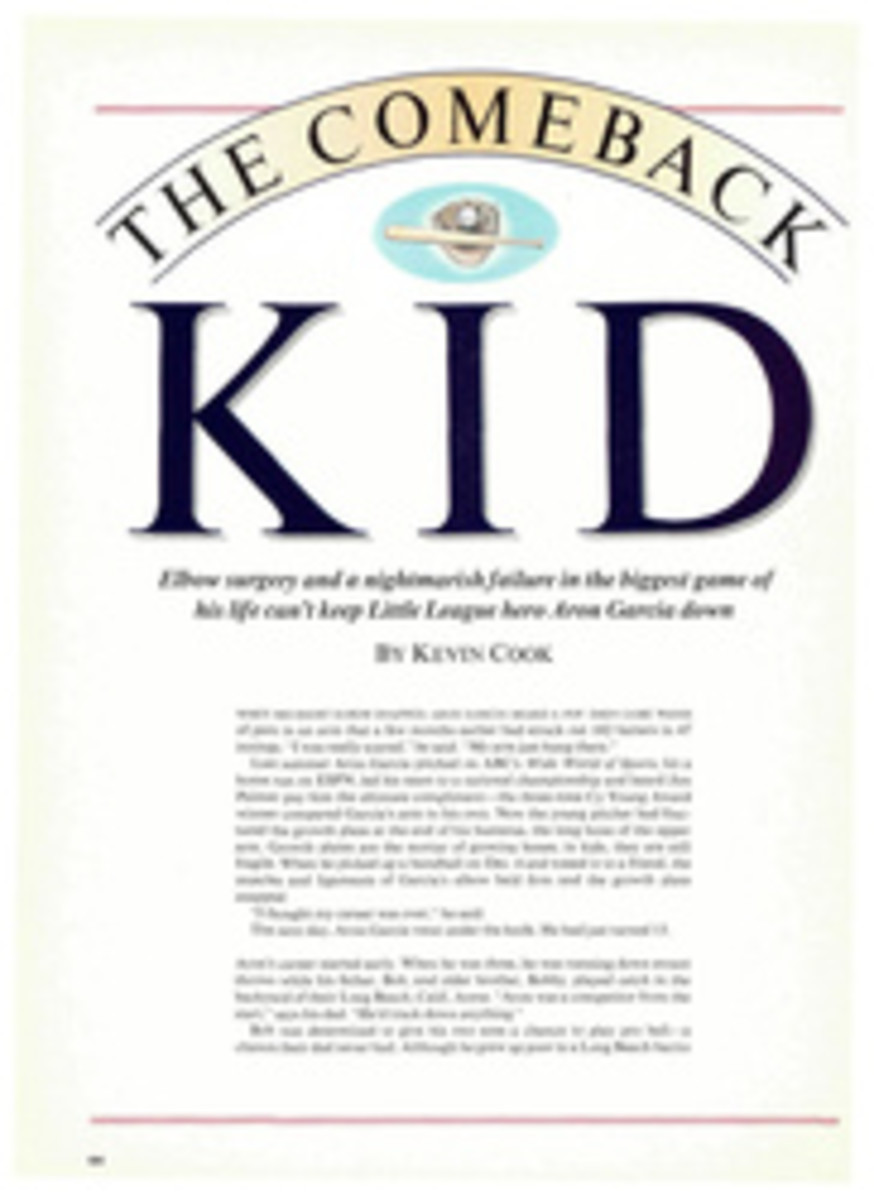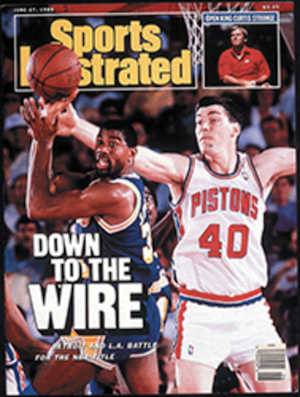
STILL IN THERE SWINGING
Three years ago, Madison Nicholas, the pro at Ben Hawes State Park in Owensboro, Ky., read a book his father had loaned him. It was a complex, out-of-print text entitled Joe Norwood's Golf-O-Metrics, published in 1978. Intrigued by the book's premise—that a knowledge of human anatomy could be applied with good effect to the physics of the golf swing—Nicholas flew to Los Angeles for a lesson at the Studio City driving range, where the author of Golf-O-Metrics worked.
With a sense of wonder, Nicholas watched as two companions gently carried Norwood—then 93 years old—from a car to a lawn chair at the end of the Studio City range. The old man sat there and, though barely able to raise his head, asked Nicholas to take a few swings with his seven-iron. Bemused, Nicholas did what Norwood said. And then Norwood went to work.
"He told me that my left hand was too weak," the 37-year-old Nicholas says. "No one else had ever told me that. He changed my grip on the spot, and the difference was remarkable."
Nicholas's father, Nick, a physician from Marco Island, Fla., was so impressed with his son's new swing that he decided to seek advice from Norwood, who has been teaching golf since 1910. Under Norwood's tutelage—much of it conducted by telephone from his tiny, dark apartment off Sunset Boulevard—the 64-year-old doctor knocked 10 strokes off his game. He now regularly shoots 76.
"There's no secret, really," says Norwood, who suffered a bout of low blood pressure shortly after his birthday last January and is no longer teaching actively.
"People come to me now and ask me the same thing they did 75 years ago. 'Joe,' they say, 'what's wrong with my swing?' And I tell them the same thing: 'Let's look at what's right with your swing first.' "
Crotchety, stubborn and drily witty despite his ill health, Norwood believes the basis for all golf is the proper positioning of the thumb and forefinger of both hands, which sets up the entire position of the arms, shoulders and body for the correct swing. Add to that his belief that the swing should start with, as he puts it, "the push muscles" on the right side of the body—for a righthanded player—and you have an approach to golf that is highly effective.
"Everyone else explains 'why' something is done," says Madison Nicholas, who now incorporates Norwood's method in his teaching. "With Joe, it was always 'how to.' "
As a youngster in Massachusetts, Norwood learned the game from Scottish immigrants. He went to California in 1921 to open a driving range. Instead, he became the head pro at the Los Angeles Country Club. Norwood remained there until 1946, when, he says, the club decided to replace him with a playing pro. Norwood played, but only once a week with members. Rather than retire, he taught at a series of driving ranges throughout the Los Angeles area.
Those were good years, he says, years in which he taught children and movie stars, golf pros and hackers alike. At the drop of a visor Norwood will whip out copies of letters sent to him by Mac O'Grady, Charlie Sifford, Ben Hogan, Gerald Ford and a host of others, thanking him for his advice. Ralph Terry, the former major league pitcher, credits Norwood with giving him the impetus to compete on the Senior PGA tour, which Terry joined last year.
Although his name is familiar to golfers, Norwood does not seem to mind the lack of national recognition. His day may be coming, though. A group of supporters in Los Angeles, calling themselves the Joe Norwood Preservation History of Golf Foundation, are making a video about Norwood and his teachings. Another group, Friends of Joe Norwood, threw a party earlier this year to celebrate his 96th birthday.
What next for Norwood, the oldest living member of the PGA of America? His health confines him to a wheelchair, but there is always the telephone, and there are visitors. And there is still all that knowledge to share.
PHOTO
PETER READ MILLER
Norwood may be confined to a wheelchair, but he can get a firm grip on a golf club.
Jenny Kellner is an editor and reporter with "The News Tribune, "in Woodbridge, N.J.

